 A new satellite has captured its first views of enigmatic glowing clouds whose proliferation may be linked to climate change.NASA launched the Aeronomy of Ice in the Mesosphere (AIM) satellite on 25 April on a mission to investigate "night-shining" or noctilucent clouds. These clouds float 80 kilometres above the ground and are made of tiny ice crystals. Because they are so high up, the Sun still reaches them and makes them glow after sunset and before sunrise, when the ground is in darkness.The clouds have been observed since the 1800s, but in recent years they have brightened and grown more numerous. They were first observed above Earth's polar regions, but have now spread to latitudes as low as 40°. Some scientists suspect their proliferation is related to increasing greenhouse gases, which can actually cause the upper reaches of the atmosphere to cool.Now, the AIM satellite has inaugurated a new era in noctilucent cloud research, obtaining its first views of these ghostly structures.The satellite spotted its first noctilucent clouds on 25 May. Since then, the clouds have become more numerous and have spread to lower latitudes .The northern hemisphere's noctilucent cloud season ends towards the end of August. When northern summer is over, the satellite will study the appearance of the clouds in the southern hemisphere, where they are prevalent between mid-November and mid-March.The satellite's Cloud Imaging and Particle Size instrument produces panoramic images of the noctilucent cloud distribution. The Solar Occultation for Ice Experiment (SOFIE) provides measures the chemical makeup of the clouds and their altitude, and the Cosmic Dust Experiment measures space dust entering Earth's atmosphere.Mission scientists are trying to determine whether this dust provides the "seeds" for ice particle formation for noctilucent clouds or if this role is instead played by dust particles blown upward from Earth.
A new satellite has captured its first views of enigmatic glowing clouds whose proliferation may be linked to climate change.NASA launched the Aeronomy of Ice in the Mesosphere (AIM) satellite on 25 April on a mission to investigate "night-shining" or noctilucent clouds. These clouds float 80 kilometres above the ground and are made of tiny ice crystals. Because they are so high up, the Sun still reaches them and makes them glow after sunset and before sunrise, when the ground is in darkness.The clouds have been observed since the 1800s, but in recent years they have brightened and grown more numerous. They were first observed above Earth's polar regions, but have now spread to latitudes as low as 40°. Some scientists suspect their proliferation is related to increasing greenhouse gases, which can actually cause the upper reaches of the atmosphere to cool.Now, the AIM satellite has inaugurated a new era in noctilucent cloud research, obtaining its first views of these ghostly structures.The satellite spotted its first noctilucent clouds on 25 May. Since then, the clouds have become more numerous and have spread to lower latitudes .The northern hemisphere's noctilucent cloud season ends towards the end of August. When northern summer is over, the satellite will study the appearance of the clouds in the southern hemisphere, where they are prevalent between mid-November and mid-March.The satellite's Cloud Imaging and Particle Size instrument produces panoramic images of the noctilucent cloud distribution. The Solar Occultation for Ice Experiment (SOFIE) provides measures the chemical makeup of the clouds and their altitude, and the Cosmic Dust Experiment measures space dust entering Earth's atmosphere.Mission scientists are trying to determine whether this dust provides the "seeds" for ice particle formation for noctilucent clouds or if this role is instead played by dust particles blown upward from Earth.To read more go to:
http://space.newscientist.com/article/dn12171
As in the days of Noah...






































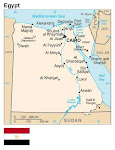
























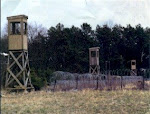





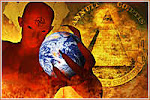



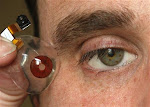












.bmp)


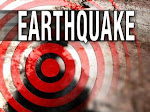
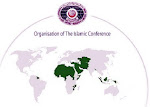




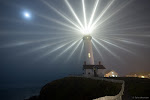


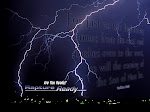













.bmp)